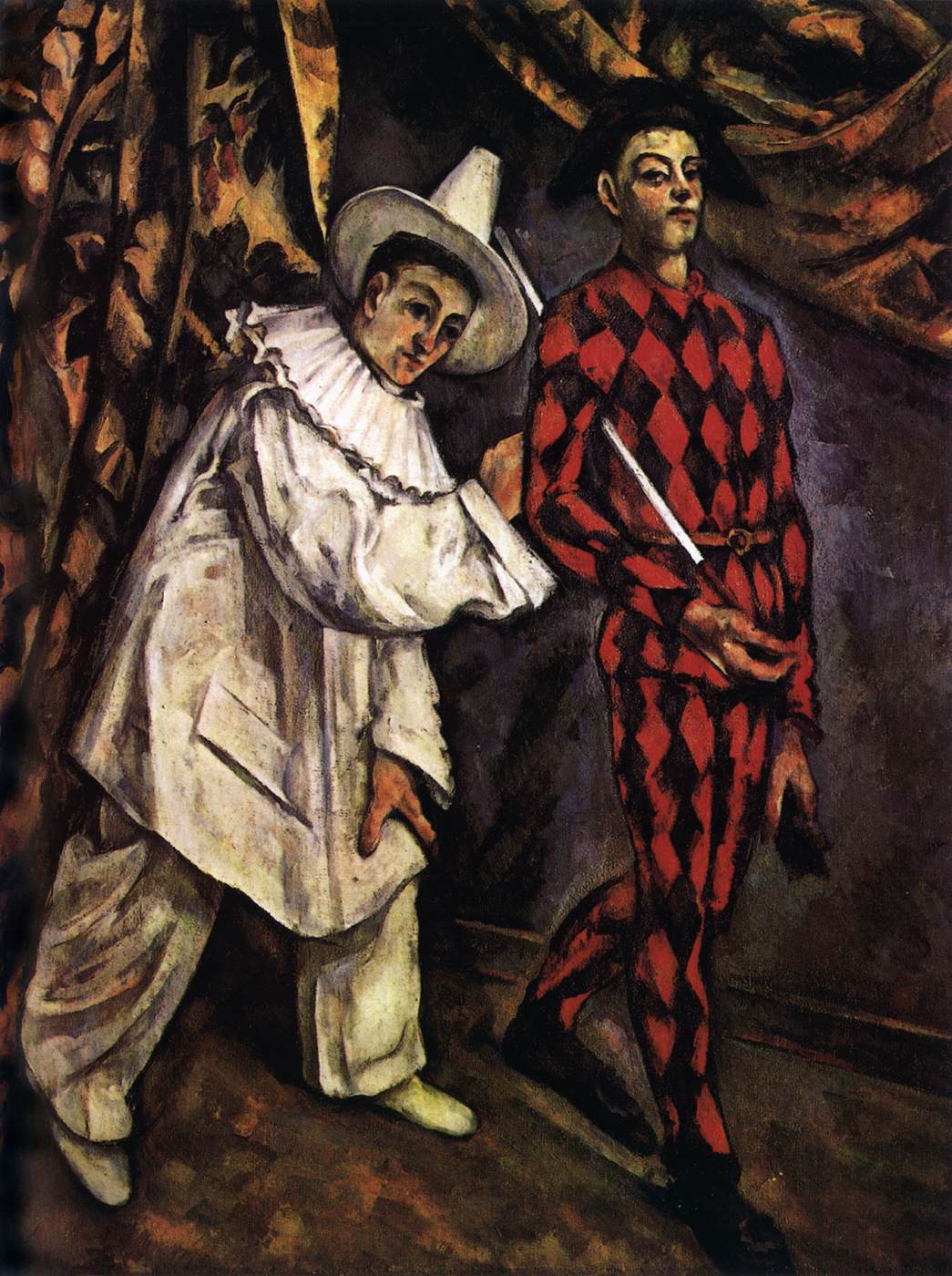Description
Paul Cezanne's Mardi Gras painting is a masterpiece of the Impressionist era noted for its unique artistic style and masterful composition. Originally sized at 100 x 81 cm, this artwork features a vibrant and colorful scene depicting the Mardi Gras party in the city of Marseille, France.
Cezanne's artistic style is characterized by his technique of short, soft brushstrokes that create a soft, delicate texture on the surface of the painting. Also, his use of light and shadow is impressive, as he manages to create a sense of depth and volume in the scene.
The painting's composition is also impressive, as Cezanne uses a unique perspective to show the crowds of people participating in the Mardi Gras party. The scene is full of interesting details, such as the colorful costumes and intricate masks that the participants are wearing.
When it comes to color, Mardi Gras paint is an explosion of bright, saturated hues that perfectly capture the joyful, festive spirit of the holiday. Cezanne's palette is varied and rich in nuances, allowing him to create a sense of movement and dynamism in the scene.
The history of the painting is fascinating, as it was created in 1888, during a period of great creativity and experimentation for Cezanne. Despite being an influential artist in his day, his work was not fully recognized until after his death, when his artistic style and innovative approach became a major influence on later artists.
In short, Paul Cezanne's Mardi Gras painting is an Impressionist masterpiece noted for its unique artistic style, masterful composition, use of vibrant color, and rich history. It is a work of art that deserves to be admired and studied for its beauty and its importance in the history of art.

